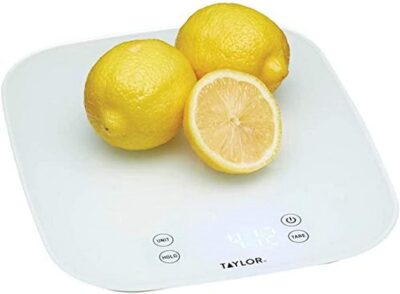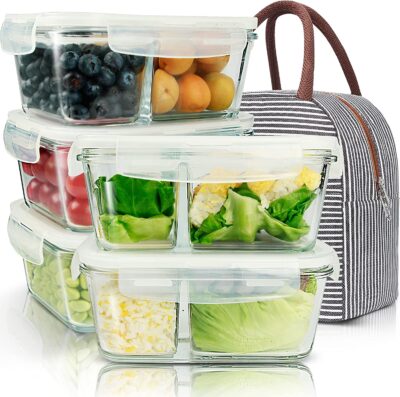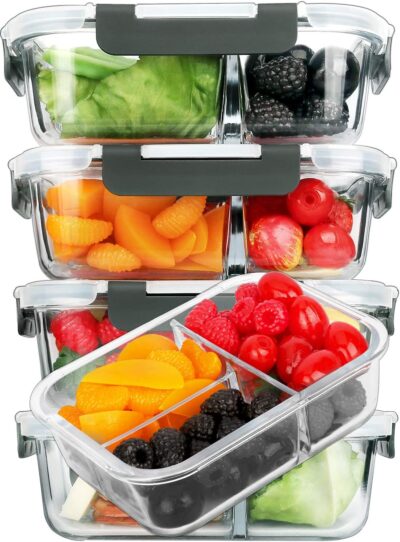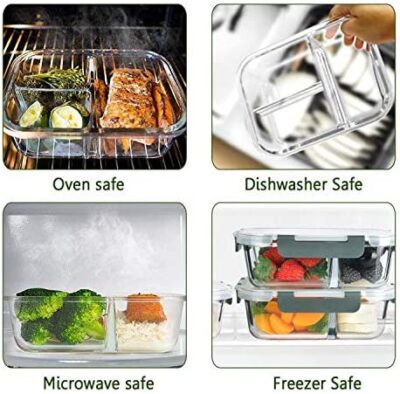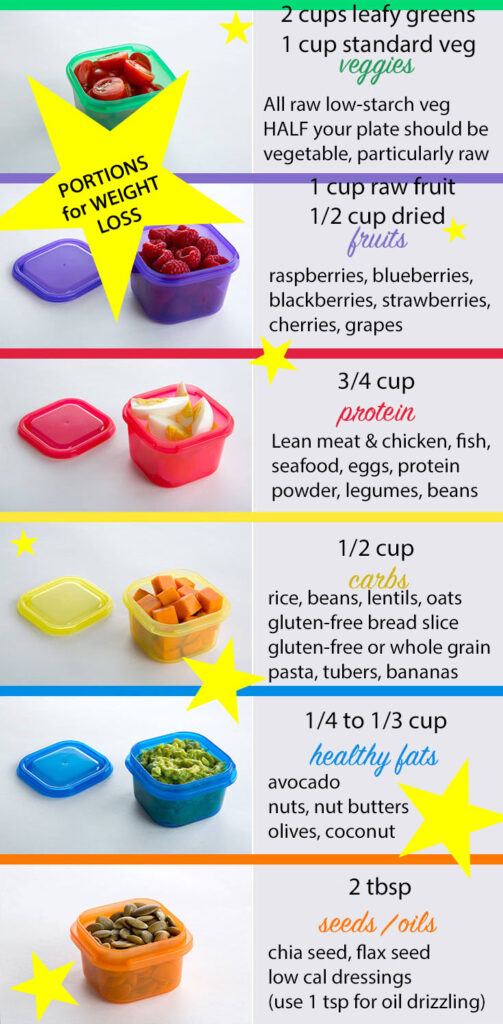Portion Sizes to Lose Weight and Reduce Chronic Pain
Portion sizes or portion control is the single most important key to maintaining a consistent food plan and healthy diet approach. You might be on a quest to change your food plan to offer a foundation of wellness. My food plan is an anti-inflammatory diet based roughly on a dairy-free Mediterranean Food Plan. Perhaps you are on a specialty diet such as Whole30, Paleo, or Keto? Maybe you are just starting out and need some guidance and help. Portion control is an important part of all food plans – it’s not just the contents of your food plan, it is how much you eat of it. No matter your dietary approach, an important SCIENTIFICALLY PROVEN TRUTH is portion control can make a difference for chronic pain and weight loss.
The More Food You See, The More Food You Eat
Studies show that when offered larger portions of food, a person will typically consume that entire portion of food. In modern restaurants we are often faced with portions sometimes double- or triple- the serving size recommended. To be clear, a serving size is a precise amount of food measured by the U.S. Food and Drug Administration. A portion size is the amount of food you choose to consume.
Most often the term “portion size” is something we see as recommended from nutrition professionals. Larger portion sizes can often mean higher caloric intake and weight gain. Over-eating and weight gain leads to chronic pain and health conditions. These health conditions can range from diabetes, heart disease, obesity, and auto-immune conditions to stroke and osteoarthritis.
Smart food prep and portion products from my shop
Want help with your portion plans and food prep? I use a scale and these handy-dandy containers to keep me on plan. The containers really help to keep your portions in control and best yet can go from freezer to oven to refrigerator again to dishwasher. Truly love and I use them nearly every day! ♡♡♡
How to Measure, Reduce, and Control Portion Sizes
Understanding what a serving size is for you is the key to controlling portion size for your food plan. The most exacting way to do that is to read labels and weigh food. For example, a serving size of rotisserie chicken is approximately 3 ounces. If you weigh 3 ounces of chicken breast, you use about half of one chicken breast. Are you going to measure every time you eat a rotisserie chicken? No. It is completely inconvenient, right? But doing it a few times will physically show you a serving size so that you better comprehend how much you should be consuming.
Below are five smart tips to measure and control the amount of food which might go into your portion sizes. These tips are super-easy and do not involve weighing. This gives you an idea of where to start to determine the best portion sizes for you and your family without constantly weighing and measuring.

1. Drink More Water
Studies show that drinking more water can increase weight loss. Thirty minutes before a meal try to drink 17 ounces (500 ml) of water. One study demonstrated that participants had a 44% decline in weight over a three-month period. Thoughts are that drinking water before a meal increases feelings of fullness, so that you do not feel the need to overeat.
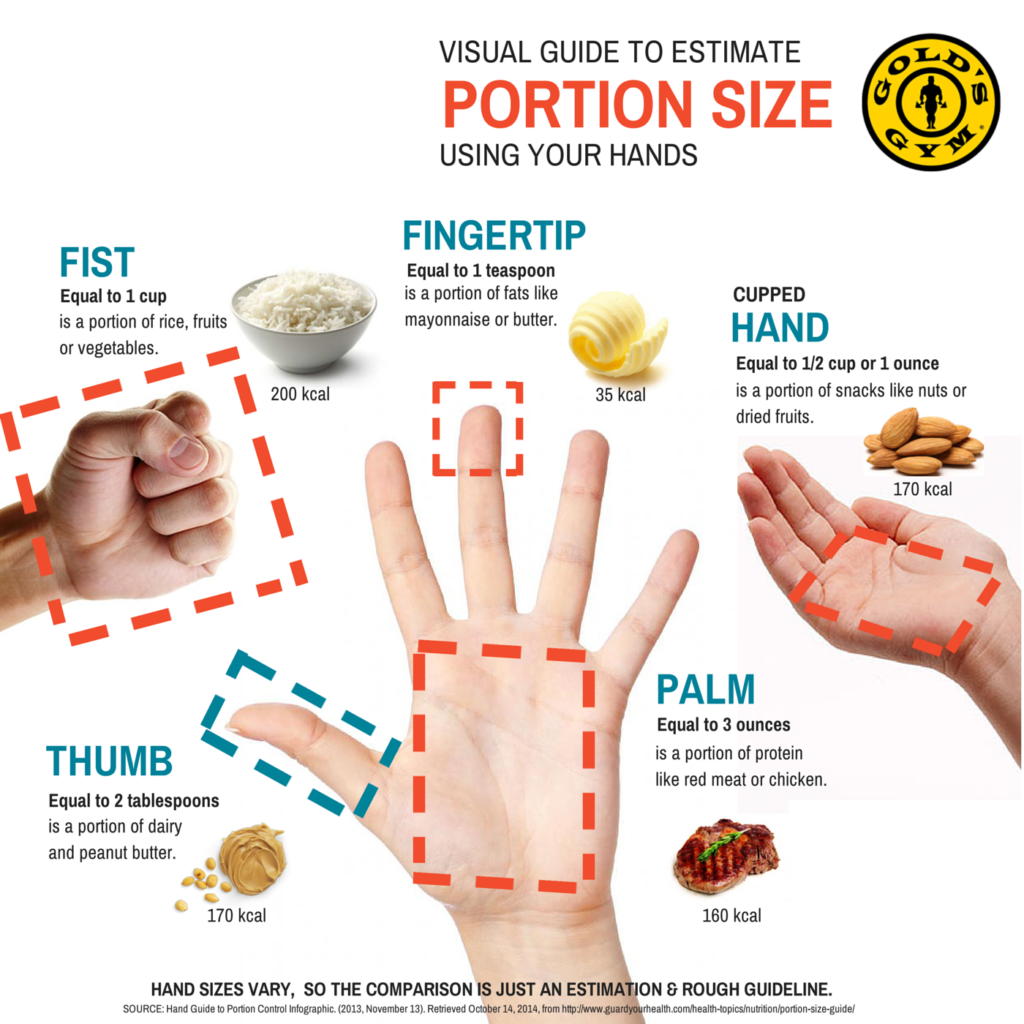
2. Use Your Hand as a Food Measurement Guide
This measurement concept is imperfect, but gives you a general guide. This is especially important if you are eating out away from your home with new food. Corresponding to your body size, the hand can be a general portion size measuring tool and the illustrated guide above from Gold’s Gym is a great reference.
- Butter, oils -A single fingertip-sized portion for women, two fingertip-sized portions for men
- Nut butters – A single thumb-sized portion for women, two thumb-sized portions for men
- Carbohydrate foods (rice, grains, starchy vegetables)– A large fist-sized portion for women, two fist-sized portions for men
- Vegetables and salads–A large fist-sized portion for women, two fist-sized portions for men (I personally allow much more of a portion size for raw vegetables)
- Protein foods (beans, poultry, fish, and meat) – A single palm-sized portion for women, two palm-sized portions for men
- Nuts – A cupped hand sized portion
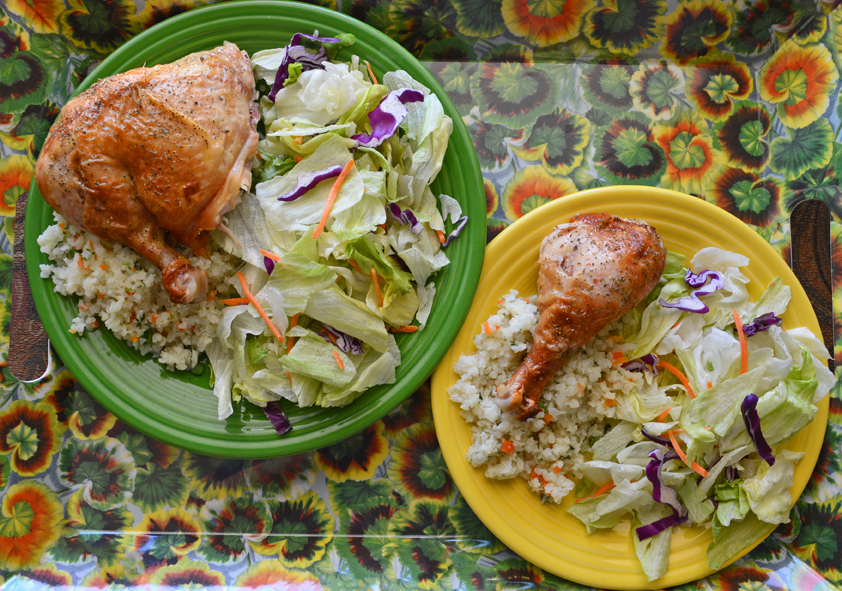
3. Use Smaller Plates for Better Portion Size
This is the easiest tip ever and something I swear by – reducing the size of your plate. Above you see a single portion plate on the right side. The foods on the left plate are the same foods, but reduced in size by nearly half. Filling larger bowls and plates full sets the expectation that you will be eating all of the food within the container. There is evidence that reducing the size of your plate reduces the amount of food you consume. The best news? You typically feel just as full if you empty a small to medium sized plate instead of the larger plate.

4. Only Eat Half a Portion When Eating at a Restaurant
Portion sizes are so very large at restaurants. I distinctly remember my grandmother asking for a half a portion when we went out to eat. That is an excellent plan. Restaurants don’t always reduce their price with the size of the portion. That’s okay, there are several alternate ideas that help you beat the system.
- Split the meal – Ask a friend or family member to split the meal with you. If they agree, then ask the server to bring an extra plate and share the meal together. Half the meal. Half the price. Works great.
- Take home half – Another idea is for you to ask the server, upon ordering, to bring you half the meal and pack the other half the meal in a to-go box. Two meals for the price of one.
- Reduce fatty sauces and dressings – Another big concern at restaurants is when they smother a dish in sauces or dressings. Easy to solve; just ask for the sauce or dressing on the side.
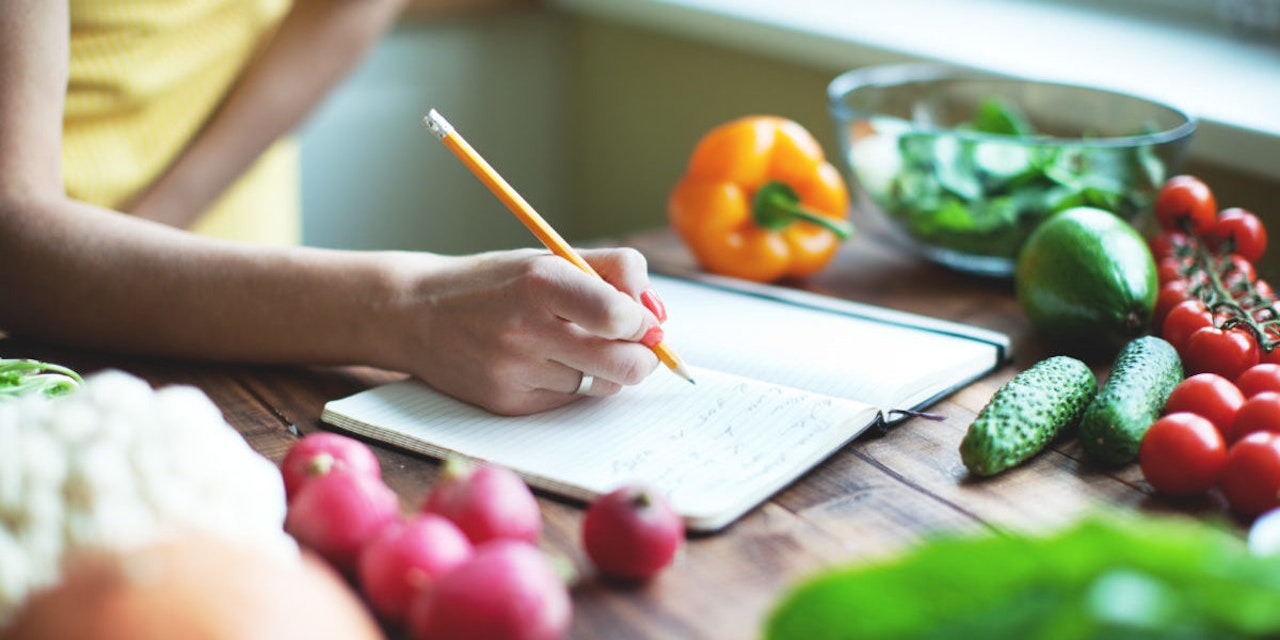
5. Track and Document Your Food Consumption
I took off 20 pounds when I started tracking my food. Why? I was over-eating without knowing it. Most people think they are eating consistent serving and portion sizes, but are not. Tracking your food forces you to understand serving sizes. It brings a sharp awareness to how much you are consuming and when you are consuming it.
This is good on many levels. Weight loss studies show that if participants kept track of their food with a food diary, then they lost more weight overall. It helped me lose weight, but also reduce my chronic pain. With tracking, either via an app or by hand writing a diary, it is easy to see food consumption patterns. I was having chronic pain with too many carbohydrates. My diary showed it very clearly.
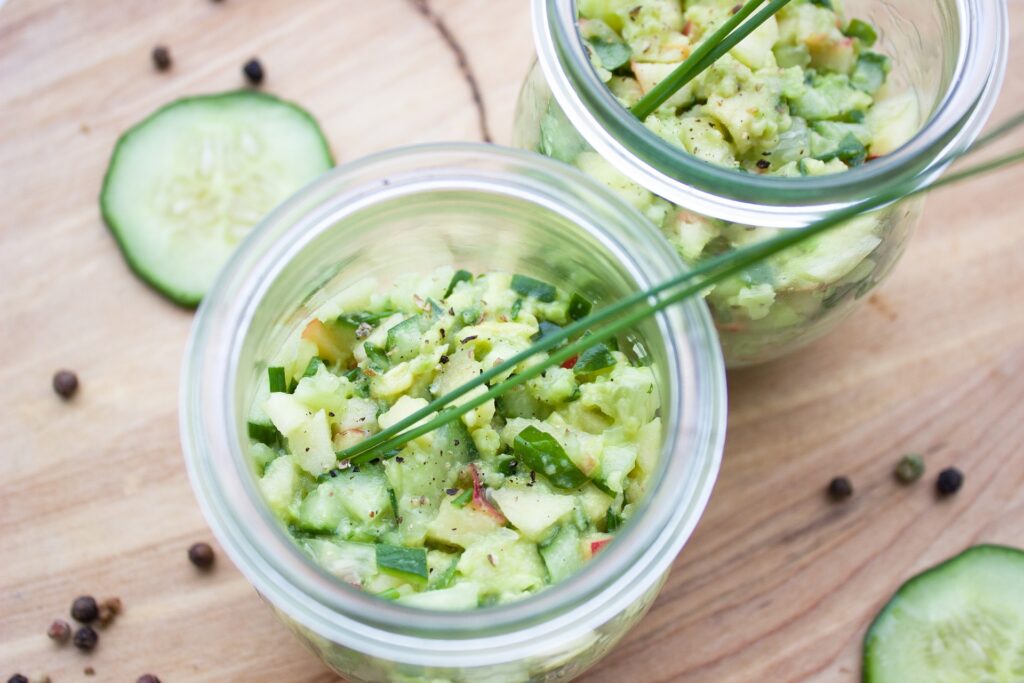
Who Determines Serving and Portion Sizes?
According to my husband’s argument, “Recommended servings in the United States would only serve a very tiny person. That means I can eat double!” Sound familiar?
The U.S. Food and Drug Administration built a Nutrition Facts label which is used on food product labels nationally. The standard used to determine serving sizes is known as the Reference Amounts Customarily Consumed (RACCs) and comes from the National Health and Nutrition Examination Surveys. In other words, it is a team of hundreds of scientists, doctors, and food experts who create the sizes and standards for nutrition labels.
Nutrition information on a products label lists serving size and not portion size. It is important to remember that serving sizes listed on nutrition labels are not telling you “how much to consume”, but instead showing you details of the product so you can better decide on the portion size you choose to consume. In other words, nutrition labels are guides to food consumption, not a hard rule. Below is a rough estimate of portion sizes for weight loss in cups and measures.

